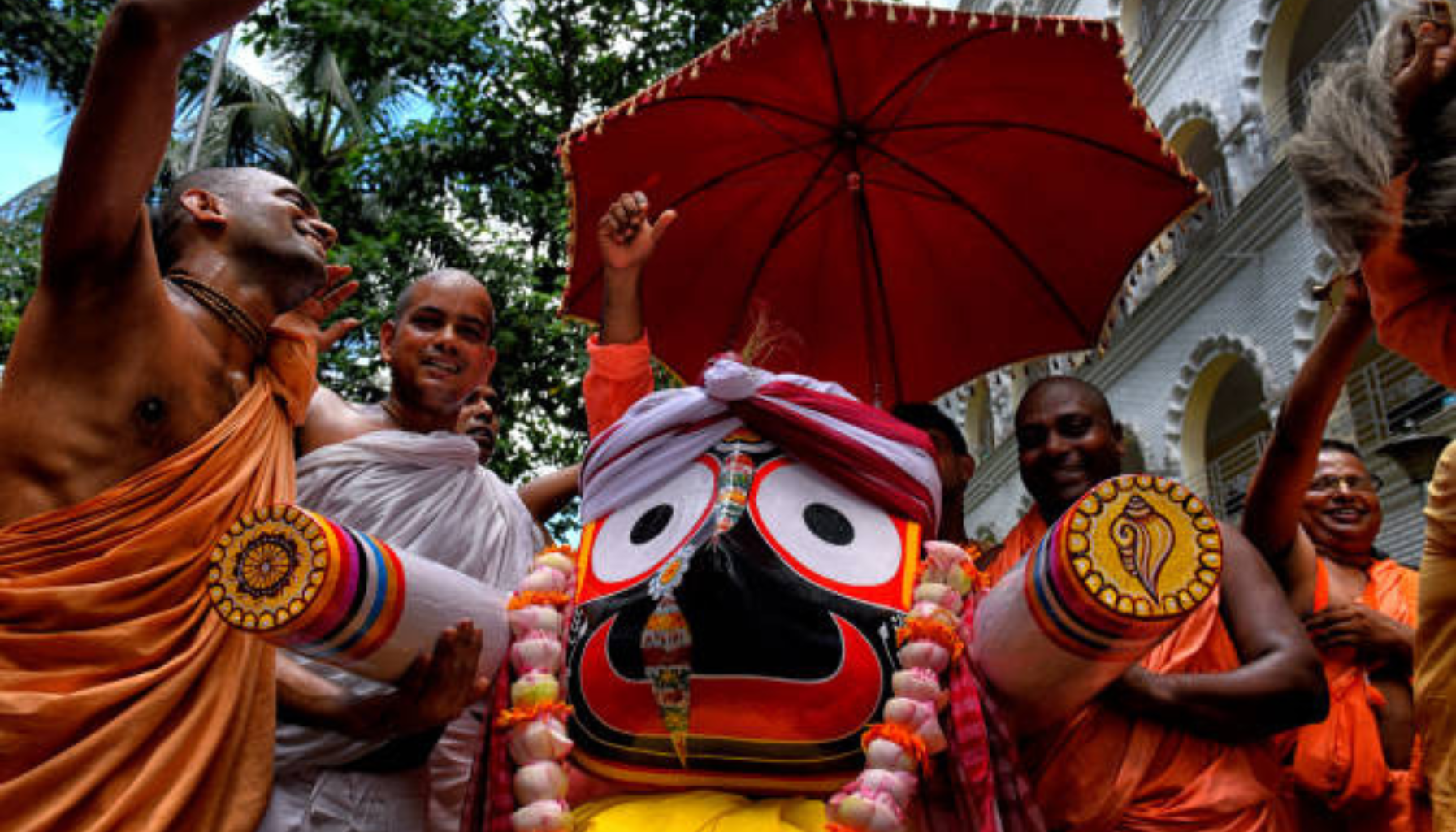Jagannath Rath Yatra 2025: The Sacred Chariot Ride of Lord Jagannath
Each year, the holy seaside town of Puri in Odisha gets transformed into a magnificent display of faith, color, and spiritual vibration as it welcomes the Jagannath Rath Yatra — one of the world's oldest and most renowned Hindu festivals. This year, the heavenly chariot ride will begin on June 27, 2025, attracting millions of pilgrims from all over India and the globe.
Let us guide you through the fascinating history, traditions, and importance of this incredible festival.
The History & Mythological Significance
The term "Jagannath" translates as "Lord of the Universe", that is, Lord Jagannath, an incarnation of Lord Krishna. In Hindu mythology, this festival marks Lord Jagannath's yearly trip to the house of his aunt at the Gundicha Temple, which is 3 kilometers from his principal temple in Puri.
The three gods — Lord Jagannath, his older brother Lord Balabhadra, and sister Devi Subhadra — are brought out of the sanctum sanctorum in a ceremonial procession, representing the Lord's affection for his people and his willingness to be with them.
Rituals & Processions
The Rath Yatra is famous for its intriguing and elaborate rituals. This is how it goes:
Snana Purnima: The gods are bathed with 108 jars of holy water.
Chhera Pahanra: The Gajapati King of Puri, the greatest servant of Lord Jagannath, cleans the chariots with a golden broom, demonstrating humility in front of God.
The Grand Procession: Three grand chariots — Nandighosha (Jagannath), Taladhwaja (Balabhadra), and Darpadalana (Subhadra) — are drawn by thousands of devotees through streets to Gundicha Temple.
The chariots are rebuilt fresh each year from specially selected neem trees, using ancient traditional designs that have passed through the centuries. This awe-inspiring spectacle, with chanting and drumming, as well as festive celebrations, is quite unique.
Cultural Significance
What sets the Jagannath Rath Yatra apart is its universal nature. It's one of the rare Hindu festivals where individuals of all castes, creeds, and religions can attend and even touch the divine chariots.
For them, pulling the ropes of the chariots is a very sacred ritual that cleanses sins and procures the blessings of God. The festival is a great representation of unity, humility, and equality in worship.
Even outside Puri, the festival is observed in some parts of India and in ISKCON temples worldwide, where miniaturized replicas of the Rath Yatra unite communities in festive joy.
Contemporary Celebrations & Green Initiatives
In recent times, the Jagannath Temple administration and the state administration have made significant efforts to render the celebrations eco-friendly.
Biodegradable ornaments are used to substitute plastic ones.
Crowd management systems provide safety for the millions who throng.
Medical camps, water points, and sanitation systems are established along the procession route.
Notwithstanding modernization, the spirit of the Rath Yatra continues to be based on ancient tradition and unwavering belief.
Conclusion
The Jagannath Rath Yatra is more than a festival — it's an eternal odyssey of belief, tradition, and community spirit. It teaches us that in our diversity, devotion binds us together in a divine celebration of life.
If you ever have the opportunity, seeing the Rath Yatra in Puri is something that should be on your spiritual wish list. It's something that lingers in your heart long after the chariots have completed their run.

